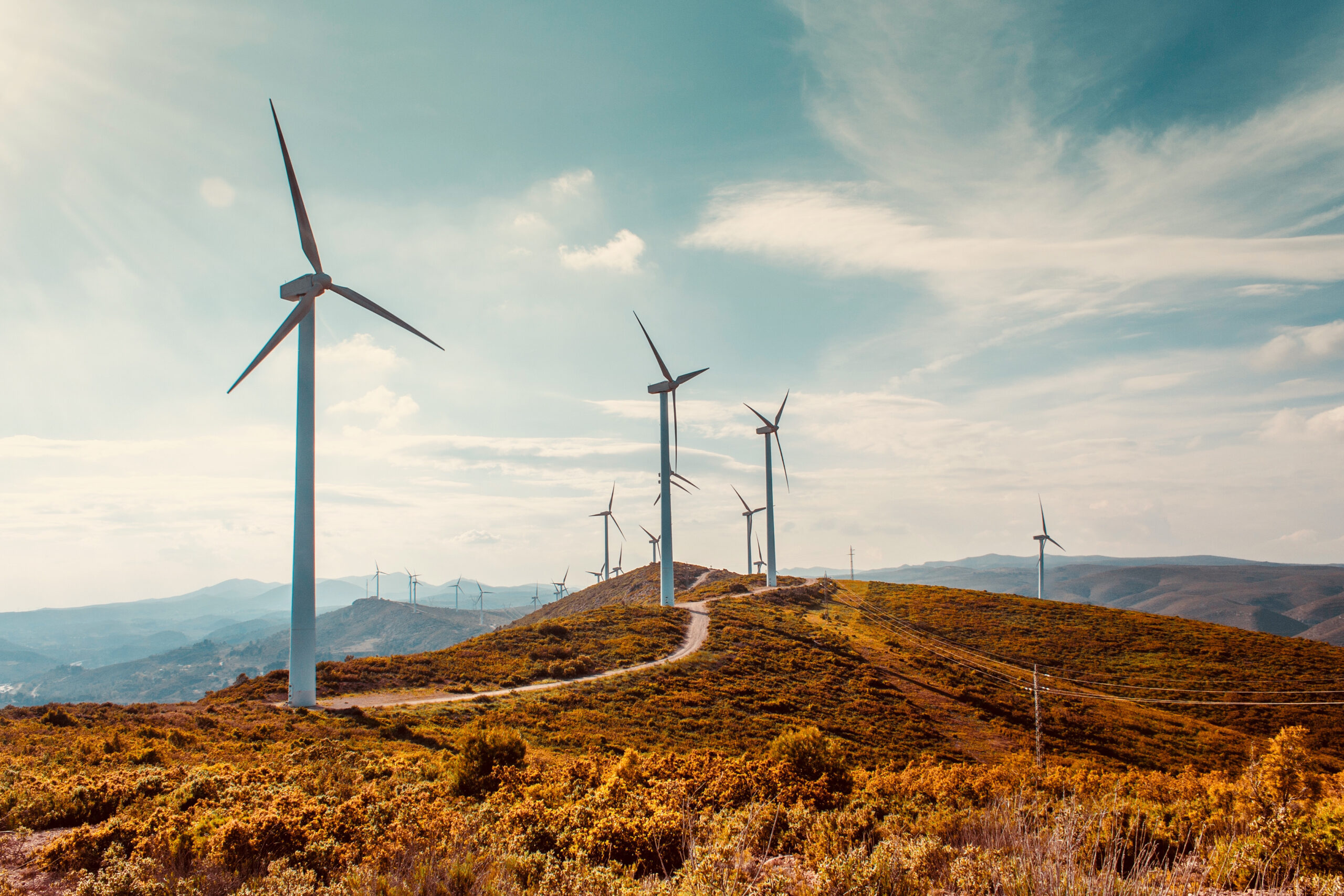Oman takes giant step towards energy transition
Against a backdrop of declining crude production, the Omani government has partnered with BP to target the widespread exploitation of renewables and hydrogen.

Against a backdrop of declining crude production, the Omani government in January announced the establishment of a strategic partnership with BP covering the widespread exploitation of renewable energy and hydrogen.
The aim, BP said in a statement, was to “support the potential development of a multiple gigawatt, world-class renewable energy and green hydrogen” plan for Oman by 2030.
BP has pledged to capture and evaluate solar and wind data covering 8,000 square kilometres of Omani territory. The findings will help the government decide the location of renewable energy hubs.
Omani Energy Minister Mohammed al-Rumhy said the deal with BP represented a “significant step” towards delivering the country’s Vision 2040 – a long-term economic and social strategy with a strong emphasis on shifting away from hydrocarbon dependence. Under the plan, oil’s share of GDP is slated to fall from 39% in 2017 to 8.4% in 2040.
Rumhy added that the partnership with BP would power “the manufacture of green hydrogen to supply domestic demand and export to global customers”.
Claude Mourey, director of Hydrogen and New Energies for consultant Wood Mackenzie, says the Omanis are taking a bold step. It is remarkable, she adds, that they are aiming exclusively for the cleanest and most expensive hydrogen option: “Their neighbours in the Gulf are ultimately favouring a mix of blue and green hydrogen. Oman is taking a bet on green.”
Mourey says the broad-based partnership with BP – focused on both hydrogen and renewables – is “something fairly new, leveraging the multidisciplinary strengths of a major oil and gas company to help identify the best locations for renewables development and thereby limit investment risks.”
Thus far, Oman’s excursion into the realm of renewables has been modest: it produces around 550 MW of electricity from its solar plant at Ibri in the northwest, and its wind farm in Dhofar in the far south of Oman. A big boost will come when a 1 GW solar project at Manah in the northeast comes on-line two years from now. At the same time, even before the BP deal, Oman had been making plans to develop green hydrogen production in Dhofar province and at its new port city of Duqm on the Indian Ocean.
Oman is not alone in the Gulf in realising the need to adapt its energy sector to the challenges of transitioning to a greater dependence on renewables. According to Michelle Meineke, Director of Energy Transition Dialogues at Dubai-based consultancy Gulf Intelligence, “Oman is neither ahead nor behind the curve when compared to its neighbours. But it cannot afford to lose time either, especially as regional economic competition is fast intensifying – notably between Saudi Arabia and the United Arab Emirates. Both, plus Bahrain, have set net-zero goals.”
Petroleum Development Oman, the country’s dominant energy producer in which the government holds a 60% stake (and Shell a 34% stake), has also “set a net-zero goal, but the government itself has stayed relatively quiet thus far.”
Another crucial factor, Meineke points out, is that Oman “has long been a modest oil producer compared to its behemoth OPEC neighbours. Therefore ramping up its renewables is a real opportunity to stand out from the crowd and give its energy economy a bigger buffer against oil-price fluctuations, which it feels far more keenly than its wealthier neighbours.”
Not only is Oman’s oil production modest, but there are indications that it could go into decline in the not-too-distant future. Over recent years, the goal has been to keep liquids production as close to 1 million barrels a day (b/d) as possible. In December 2021, output registered 1.01 million b/d. But of that total, crude oil accounted for only 795,000 b/d, with condensate output from the country’s thriving gas fields making up the balance.
In the view of Ian Thom, Wood Mackenzie’s Director of Middle East Upstream, “for the next five years, Oman has the resources to maintain and even in the very short-term grow its liquid production.” Oil exploration is continuing, new finds are being reported. And there is the potential of a number of small discoveries being tied back. Then, there is that positive outlook for condensates, as the production of natural gas increases from a number of fields across the country.
But, Thom adds, “as we get to the 2030s, unless additional resources are found and developed, then it’s looking like Oman is going to enter a period of decline from the mid-2020s. Oman is getting to a point where it’s on a treadmill, continually drilling and discovering new resources to maintain production, and that becomes increasingly more difficult and more expensive.”
Against that background, Oman is hoping that its decision to jump into green hydrogen with both feet will not only boost the domestic economy, but also ensure that it remains an energy exporter even when crude oil production has fallen away and the demand for natural gas has declined.



